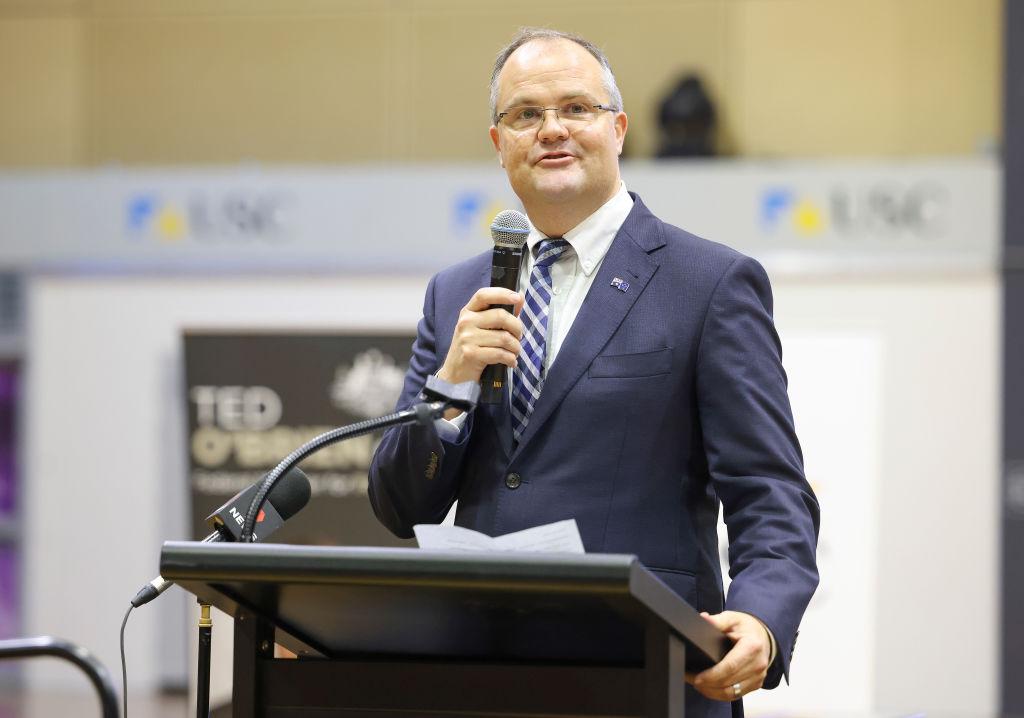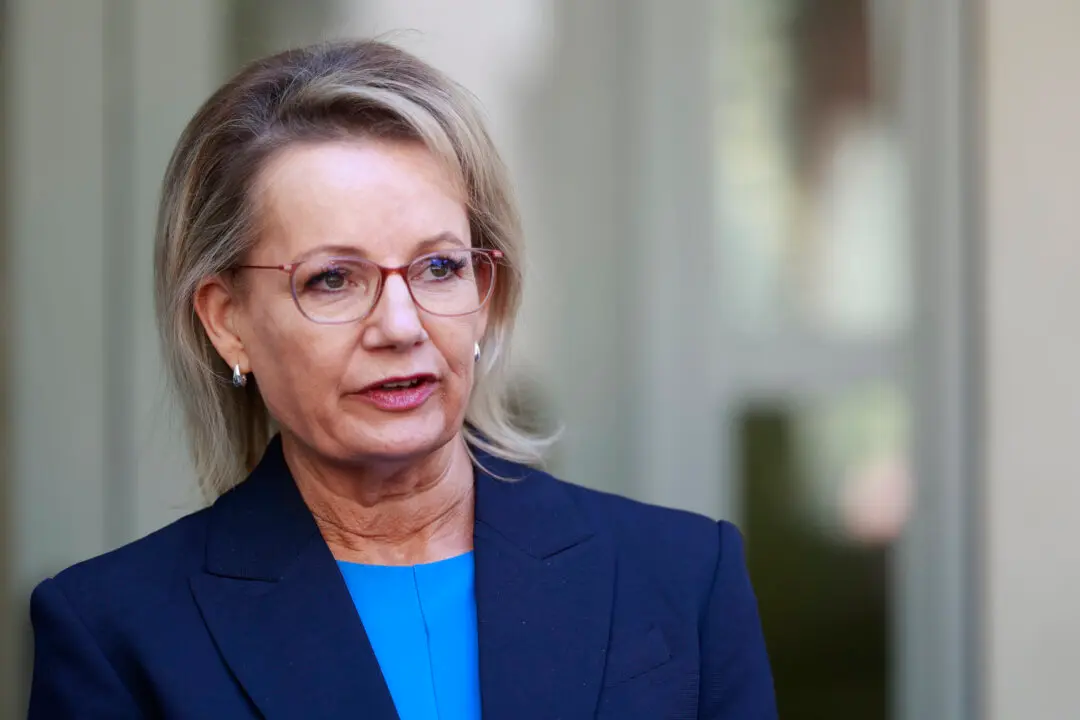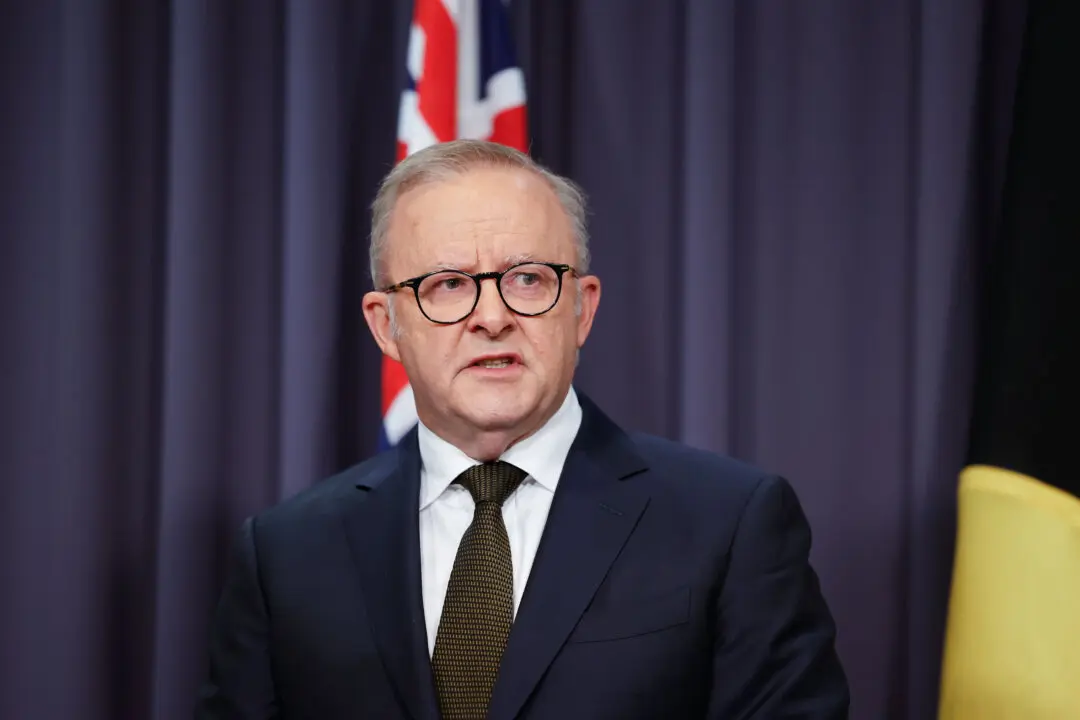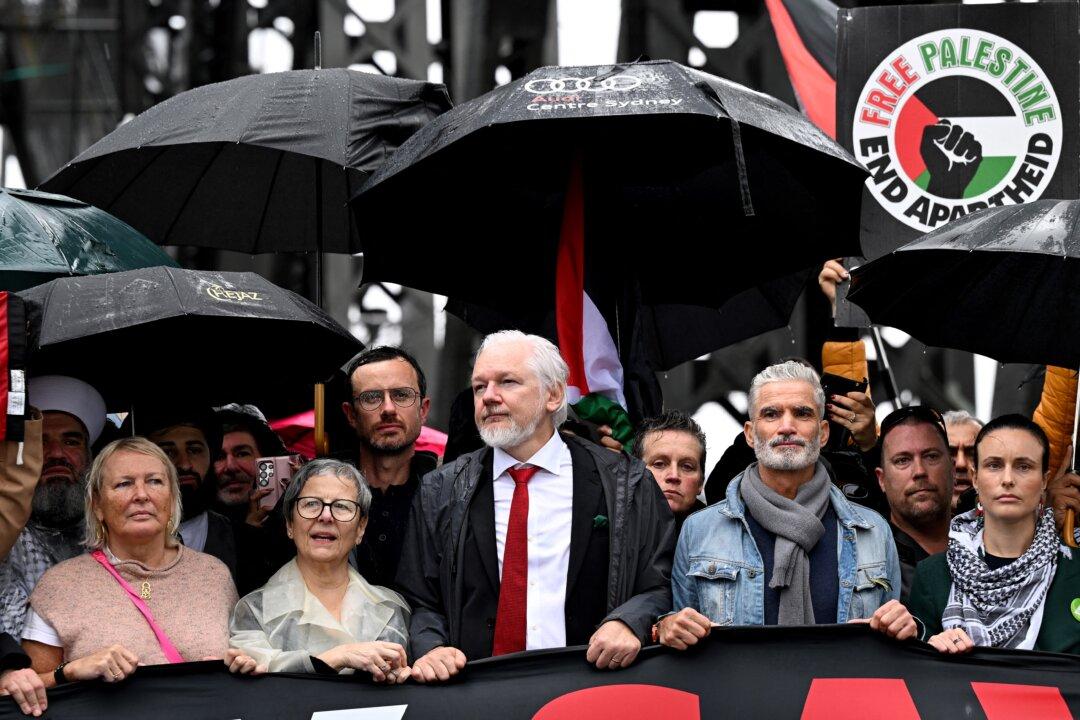A day after the release of the GenCost report, which concludes the cost of nuclear to be far higher than renewables, Coalition Shadow Energy Minister Ted O'Brien questioned the credibility of the findings.
Debating on ABC’s 7:30 program, O’Brien argued that the national science agency which authored the report, CSIRO, lacked the expertise of the International Atomic Energy Agency (IAEA), particularly in aspects such as cost timing.





